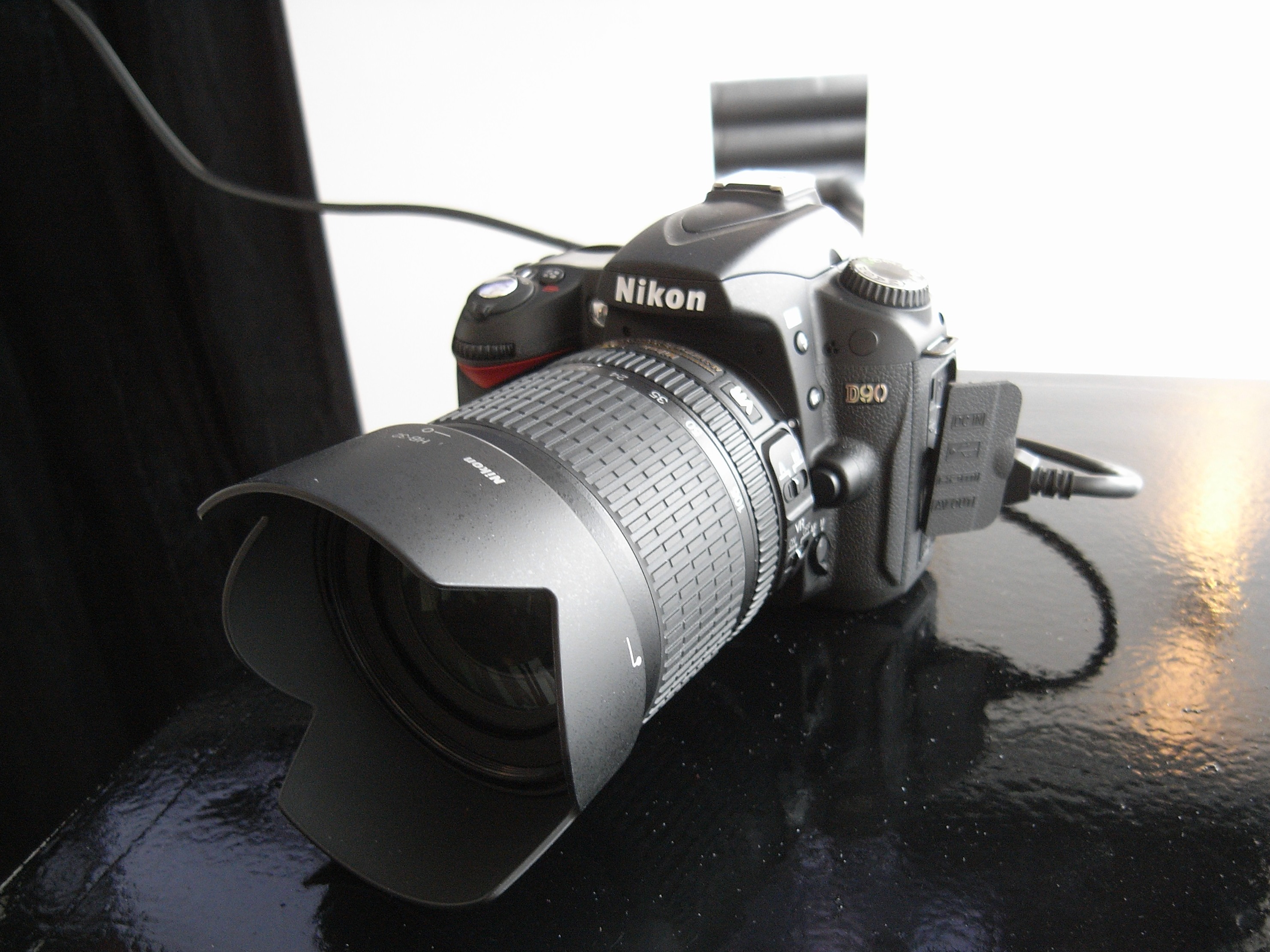
The replacement to Nikon's popular D80 has been a long coming. Tech Radar was at the UK launch to bring you a hands-on preview of this much-anticipated model.
The Nikon D80 was released more than two years ago, which is a lifetime in enthusiast DSLR terms. Since then Nikon's competitors have wasted no time in marketing alternatives of their own, like the Canon EOS 450D, the Pentax K200D and Olympus' E-420, but even on the eve of its replacement, the D80 looked far from dated.
Its successor, the D90, has been widely rumoured for some time, and key specifications leaked onto the Internet some time before the official launch. But even professional Nikon-watchers were a little taken aback when its specification was confirmed.
The D90 offers the same 12 million pixel resolution as the D300, D700 and D3, the same 920,000 dot LCD screen, and a very similar scene recognition system, which enables 3D AF tracking using 11 AF points.
An inbuilt dust-reduction system, improved AF in Live View, including Face Detection and a wireless-enabled pop-up flash would round off a very attractive feature set, even without the D90's not-so-secret weapon - video capture.
Yes, that's right, video capture. It was only a matter of time before someone worked out how to incorporate video capture in a DSLR, and here it is. As well as full-resolution 12 million pixel still capture, the D90 can capture 1280x720 High-definition video, with (monaural) sound in five minute bursts.
The official reason for the five minute limit is to prevent heat build-up in the DX-format CMOS sensor, but rather conveniently, this limit also means that the D90 is categorised as a stills camera with an HD video capture function, rather than the other way round, which means that a lower rate of duty is payable on the bodies, keeping the price down for consumers.
Get daily insight, inspiration and deals in your inbox
Sign up for breaking news, reviews, opinion, top tech deals, and more.
And at £699.99 body only, the D90 is remarkably competitively priced compared to offerings from other manufacturers.
In use, the D90 feels like an exact cross between the D60 and D80. The chassis is polycarbonate (although shutter reliability has been increased to bring it in line with the professional D300) but body seams are tight, and the camera feels well-built and surprisingly solid.